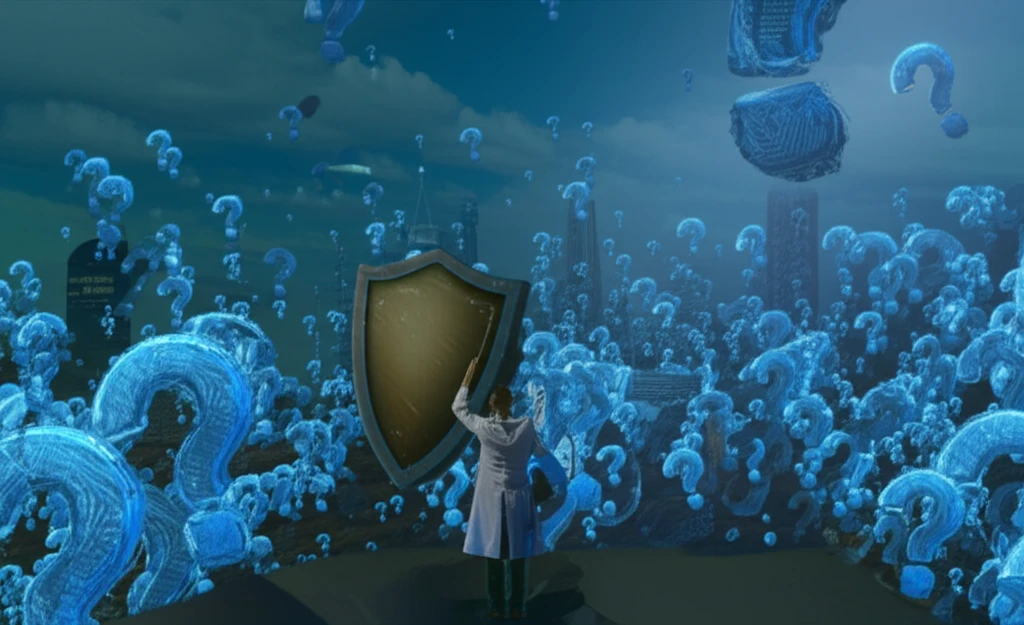
Medication Safety: Are We Doing Enough? Unveiling the Pharmacovigilance Gap
"A closer look at adverse drug reaction (ADR) reporting in North India reveals critical areas for improvement in our healthcare system."
In today's healthcare landscape, ensuring patient safety and promoting the responsible use of medications stand as paramount concerns. The concept of pharmacovigilance, which is the science and activities relating to the detection, assessment, understanding, and prevention of adverse effects of drugs, or any other drug-related problems has gained increased attention in recent decades. This concerted effort began with a focus on international cooperation in 1968, born out of the thalidomide tragedy. The tragedy involved discovering that thalidomide, ingested by mothers during pregnancy, could cause limb deformities in babies. This marked the inception of modern science, focusing on patient problems stemming from medicine use.
According to the World Health Organization (WHO), pharmacovigilance spans the entire lifecycle of a drug, starting from the clinical stage and extending through post-marketing surveillance. A critical aspect of pharmacovigilance involves monitoring adverse drug reactions (ADRs), defined as unintended and harmful responses to a drug at doses typically used for prophylaxis, diagnosis, therapy, or physiological modification.
In 2004, India's Ministry of Health and Family Welfare launched the National Pharmacovigilance Programme (NPP) with the objective of harnessing the benefits of medicine use while minimizing risks to safeguard the health of the Indian population. Given India's rise as a global hub for generic drugs, clinical trials, and drug discovery, the influx of new medications presents challenges in ADR monitoring across a diverse population. While all medicines, including pharmaceuticals and vaccines, carry known or unknown side effects, many ADRs are preventable through robust knowledge of pharmacology and sound prescribing practices.
Why Underreporting of ADRs is a Problem: The Knowledge Gap

A study conducted in a tertiary care teaching medical college in North India sheds light on the current state of pharmacovigilance practices. The findings highlight a significant issue: underreporting of ADRs, stemming from a lack of awareness among healthcare professionals. This gap in knowledge and practice poses a risk to patient safety and hinders the effectiveness of the National Pharmacovigilance Programme.
- Limited Awareness: Despite the critical role of ADR reporting, a significant number of healthcare professionals lack awareness of pharmacovigilance programs.
- Overworked Staff: Overburdened medical staff may not prioritize ADR reporting, especially if symptoms appear minor.
- Recognition Issues: Symptoms may not be recognized as drug-related, or linked to a specific medication.
- Lack of Training: Insufficient undergraduate training and infrequent reinforcement contribute to inadequate knowledge.
Bridging the Gap: A Call to Action
The study's findings underscore the urgent need to enhance pharmacovigilance awareness among healthcare professionals. By addressing the knowledge gaps and promoting a culture of proactive ADR reporting, we can strengthen medication safety and protect the health of our communities. Moving forward, healthcare institutions and regulatory bodies must prioritize comprehensive training programs, streamlined reporting mechanisms, and continuous education initiatives to empower healthcare professionals to fulfill their critical role in pharmacovigilance. With concerted effort and unwavering commitment, we can bridge the pharmacovigilance gap and create a safer, more effective healthcare system for all.
